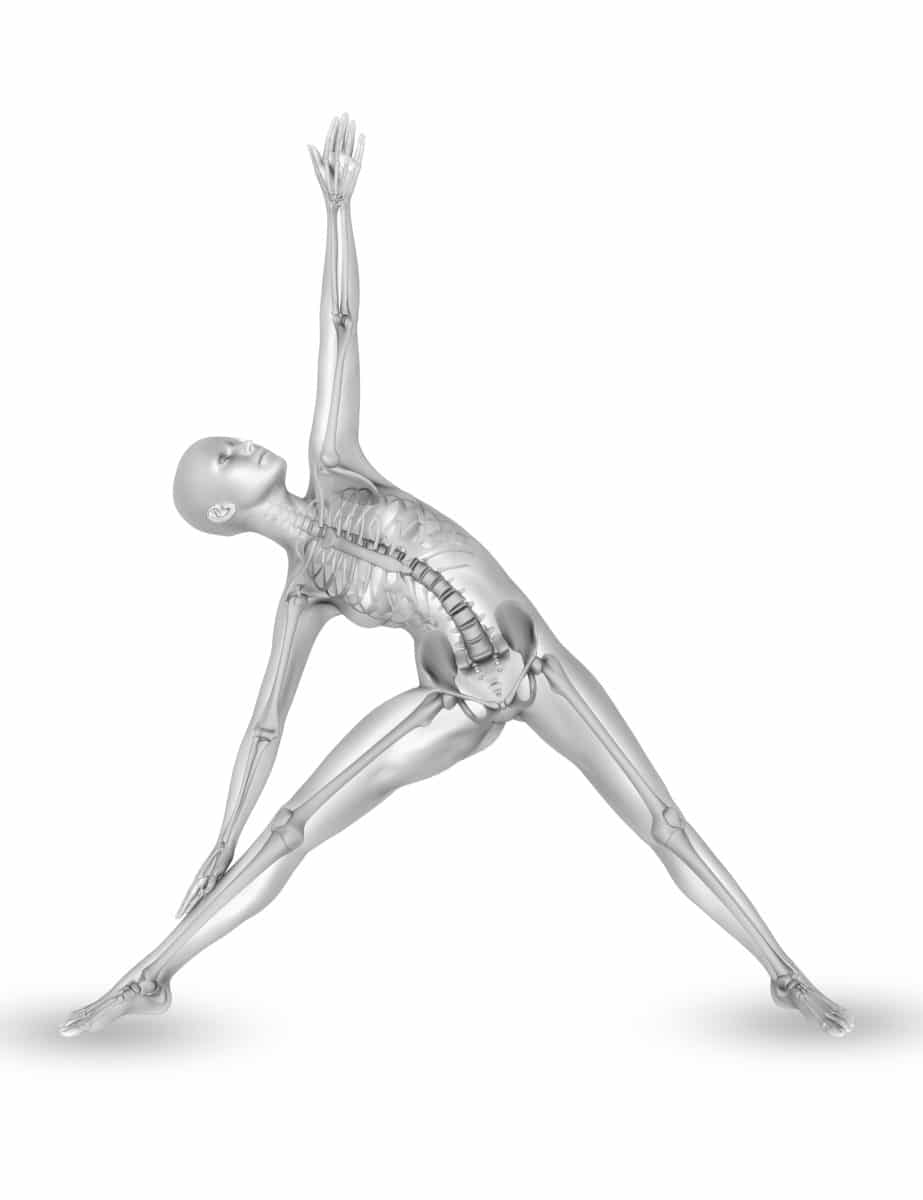Tendonitis Treatment in Dallas
Home » Conditions » Tendonitis Treatment
Tendonitis, also called tendinitis, is a prevalent issue for athletes and workers. According to the Bureau of Labor Statistics, it results in over 70,000 people missing work every year. Because it can affect someone at any point in their life, it’s important to understand what tendonitis is and how to avoid it.
At SPORT, we will identify the source of your pain and then utilize state-of-the-art therapeutic techniques that focus on restoring your range of motion with top-of-the-line tendonitis treatment in Dallas. No matter where your tendonitis is located, we offer several different treatment options available to you. Contact our Dallas orthopedic specialists at 469-200-2832 to schedule an appointment.
Tendon Anatomy
First, we’ll discuss the basic anatomy of the tendons in your body. These bright white, elastic bands of soft tissue rest between bones and muscles in our body. Every muscle has two tendons, one at each end. There are two essential junctions that tendons have.
- Musculotendinous junction: The point at which the tendon attaches to the muscle.
- Osteotendinous junction: The point at which the tendon attaches to the bone.
Tendons’ shapes and sizes depend on the muscle’s role in the body. If the muscle needs to generate a lot of force, its tendons will be broader and shorter. If the muscle needs to perform delicate movements, its tendons will be longer and thinner.
What is Tendonitis?
Tendonitis is an inflammation that can develop in a tendon. In most cases, tendonitis results from the overuse of a joint. The most common symptoms include pain and tenderness right outside of a particular joint. Technically, tendonitis can occur in any of the body’s tendons. However, it is most common in a few specific locations.

Where Does Tendonitis Occur?
- Elbows (tennis elbow or golfers elbow)
- Shoulders (swimmer’s shoulder or pitcher’s shoulder)
- Wrists
- Knees (jumper’s knee)
- Heels (Achilles tendon)
- Hips
- The base of the thumb
Other Types of Tendonitis:
- Lateral epicondylitis
- Medial epicondylitis
- Rotator cuff tendonitis
- DeQuervain’s tenosynovitis
- Trigger thumb or trigger finger
- Bicep tendonitis
- Tricep tendonitis
What Causes Tendonitis?
Sometimes, it’s difficult to pinpoint precisely what leads a joint to develop tendinitis. There are also a few risk factors that could lead to an injured tendon or chronic tendinitis. The most common general causes of a tendon injury are overuse, strain, injury, or excessive exercise. It could also be related to an infection, diabetes, rheumatoid arthritis, or other musculoskeletal and skin diseases. The following activities could cause tendonitis.
- Raking leaves
- Gardening
- Shoveling snow
- Carpentry
- Cleaning the house
- Painting
- Golfing
- Scrubbing things
- Playing tennis
- Skiing
- Pitching and throwing
- Playing sports
- Repetitive movements
What Are the Symptoms of Tendonitis?
The main symptoms of tendonitis are pain where the tendon connects to bones or muscles and feelings of weakness. Sometimes, patients feel pain from tendinitis build up and gradually get worse. Others experience severe pain in the affected area, possibly indicating an acute injury. This severe tendonitis pain is even more prominent if there are calcium deposits in the area.
Who Is at Risk for Tendonitis?
As we stated above, tendon problems can happen to anyone. Many people are at an even higher risk as their tendons age with them. Certain diseases also increase the likelihood of tendonitis. Below, we list more risk factors for tendinitis pain.
- Maintaining poor posture while at work or home
- Diseases in the surrounding muscles and soft tissue, such as rheumatoid arthritis, gout, or blood and kidney diseases.
- Being an adult who is 40 years of age or older. The tendons can handle less stress and are less elastic as time passes.
- Certain medications can lead to tearing in the tendons. Examples include fluoroquinolone antibiotics, norfloxacin, and statins.
- Repetitive activities
How Does Tendonitis Feel?
Tendonitis will cause pain and tenderness, especially near a joint. The pain may increase with movement or activity and may be present at night. The skin covering your tendon may be warm and red, possibly inflamed. Many people describe the feeling of tendonitis as a dull ache. Some also experience mild inflammation and pain. If you experience other symptoms, if your symptoms worsen, or if you have other health conditions, it may be time to speak with your doctor.
How Is Tendonitis Diagnosed?

Generally, your doctor will be able to diagnose then treat tendinitis after taking a brief medical history from you and then conducting a physical exam. Sometimes, to rule out other issues or confirm the diagnosis, a doctor might order imaging tests. X-rays and other imaging tests are highly beneficial to determine whether a sports medicine doctor needs to employ minimally invasive treatments or simply recommend that their patient see a physical therapist.
What is the Best Treatment for Tendonitis?
There are several different treatment options available to reduce pain and inflammation. A splint, cast, or brace may be necessary to allow your tendons to rest and heal. Dr. Berry may recommend using an ice pack, anti-inflammatory medications, or cortisone injections. Physical or occupational therapy can help to restore function and prevent future injury. Below, we outline other treatments which can help reduce inflammation and pain in the affected tendon.
Nonsurgical Treatment
- Pain relievers: This is what many doctors begin with to ease pain in the affected joint. Aspirin, ibuprofen, and naproxen sodium help the injured area by reducing both pain and swelling.
- Corticosteroid injections: These repeated injections are highly effective and beneficial for several conditions, including tendonitis. They help with both pain and swelling. However, multiple injections over a short period can cause a tendon to rupture. Therefore, they should be used sparingly.
- Platelet-rich plasma (PRP) treatment: Your doctor will take a sample of your blood using the proper equipment. Then, they will separate the platelets and plasma from the red blood cells in a centrifuge. Once they have this PRP solution, they inject it into the affected tendons.
- Physical therapy: Physical therapy is highly beneficial for several conditions, including tendinitis. Many physicians consider physical therapy to be the first-line treatment for tendinitis. Work with a Dallas physical therapist to determine the best plan of exercises to improve your condition.
Surgical Treatment
- Ultrasonic treatment: This type of procedure involves a surgeon making a small incision through which they insert a special instrument that removes scar tissue from the area using ultrasonic sound waves.
- Shockwave therapy: While a relatively new form of treatment, shockwave therapy is currently approved by the FDA to treat plantar fasciopathy. Many practitioners swear by the efficacy of this treatment for various types of tendonitis.
- Surgery: If all else fails, tendon repair surgery is certainly an option. This is especially true if your tendon completely tears away from your bone or muscle. Our surgeons have extensive experience in rotator cuff repair surgery, as well as many other arthroscopic procedures.
- Percutaneous Achilles Tendon Repair: This is a minimally-invasive option for those who tear or rupture their Achilles tendon.
Does Tendonitis Ever Go Away?
Surgery may be necessary to relieve chronic changes or inflammation around a tendon, especially with non-surgical treatments that fail. Chronic tendonitis can cause a tendon to degenerate and tear. Tendonitis surgery may be required to repair tendons that rupture as a result of chronic degeneration and inflammation, as well.
How Long Does Tendonitis Take To Heal?
Recovery from tendonitis is individualized and depends on many factors. Which tendon is injured is usually the determining factor. If the condition worsens and does not receive the proper care and treatment, it could lengthen the amount of time you need to heal.
Many patients see relief after about two to four weeks for minor injuries. If the injury worsens, it could take six or more weeks to heal. Especially in chronic conditions, you might experience a restriction of your range of motion or a narrowing of the tendon sheath.
Tendonitis Prevention
You may prevent tendonitis by stretching and exercising to keep your muscles strong and flexible. The following are some other ways you can take care of your tendons.
- Avoid repetitive motions and ease up on them. Take breaks every 30 minutes. In other words, avoid overuse of the tendons that connect muscles and bones.
- If one type of exercise causes you pain, try a different activity. Cross-training is highly beneficial for the body, and incorporating more low-impact exercise could help.
- Ensure that your technique is correct. Using an improper technique during exercise can damage your muscles and tendons over time.
- Be sure to gently stretch before and after exercise. This will help minimize the stress on your joints and maximize your range of motion. Stretching with an elastic bandage is also helpful.
- Ensure that you don’t stay in the same position all day while at work. Change up your workspace to make it more ergonomic and comfortable for you and your joints.
Contact SPORT Orthopedics and Physical Therapy Today
At SPORT Orthopedics and Physical Therapy, we handle a wide range of conditions and offer a wide range of treatments. If you’re experiencing joint pain, muscle pain, knee pain, or any other type of body pain, we’ve got you covered. No matter the source of your pain and injuries, we have various treatment options, both surgical and nonsurgical, that may be able to help you. To schedule an appointment with the best orthopedic surgeons in Dallas, please call 469-200-2832. You can also fill out our online intake form.


